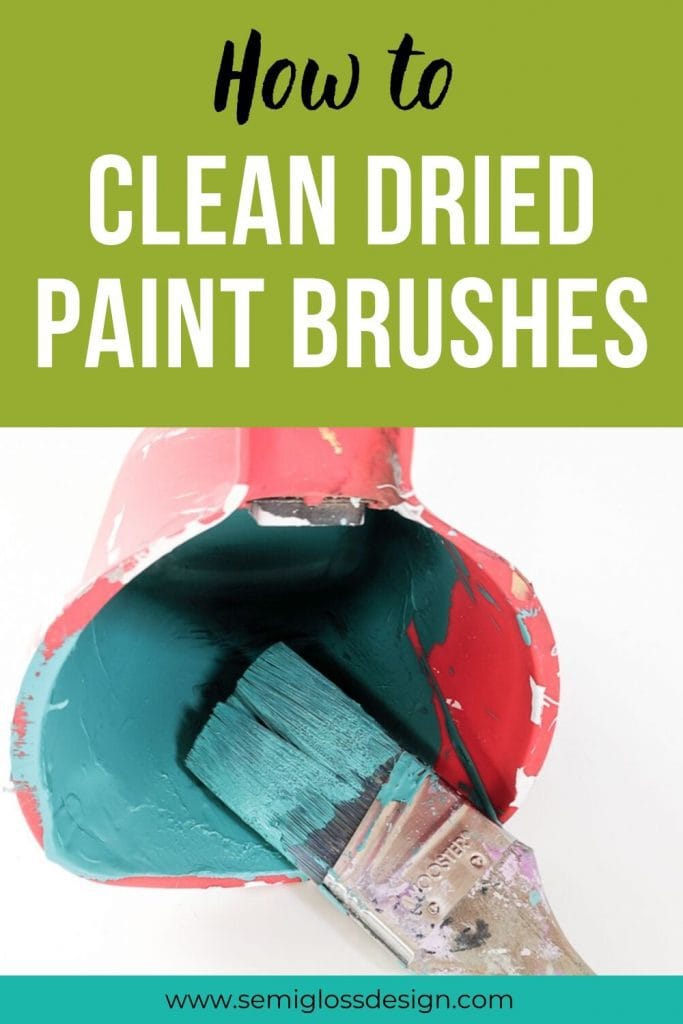- Crafters can use a paint brush to apply glue to one side and press the leaves to pieces of card or construction paper. Once the glue has dried enough for the leaf to stay in place, it’s time to.
- Do You Paint Door With Brush or Roller? Painting a door with a brush or roller is the primary topic. Several other questions and topics arise when determining painting a door like, best door finish, a door is primed, painting front door, gloss paint without marks, paint interior doors, how to paint paneled doors, also how to gloss paint a door using a roller.
Allow the coating to dry thoroughly, then sand the coating smooth, and repaint. Wait until the paint has dried thoroughly before touching up. Age of empires 3 product key 2020. Apply the paint using good painting technique. Follow label and data page directions for the appropriate quality, applicator size, and type. Do not use a wire brush on a paint brush. While it will help remove the dried paint from the tips of the bristle, it also knocks off the flag (splits) at the end of the bristles. Crow zero 3 free download. Using a paint brush comb to clean the paint from the inside of the brush will increase the life of the brush. To get the outside of the brush clean, try using a stiff.
Found a splotch on a favorite garment? Never fear! Here are the right removal methods, no matter whether the accident was oil-, acrylic- or water-based.
Photo: istockphoto.com

It’s bound to happen. You’re just going to do a bit of touch-up or you accidentally brush up against a still-wet project. Next thing you know, there’s paint on your clothes. Don’t panic!
Rajiv dixit arogya rahasya telugu. First, find out if the offender is latex, acrylic, or oil. To test, apply rubbing alcohol to a clean white rag and dab the stain: If paint appears on the rag, it’s latex. If not, you’ll need help from a paint removal agent.
While delicate fabrics like silk don’t always fare well in the paint removal process, denim and other cottons often turn out as good as new. So try these treatments, and you might be able to wear that paint-besmirched shirt on your next night out of the house!
Photo: istockphoto.com
Removing Latex Paint from Clothes
Step 1
Act fast if paint is still wet! Place a pad of clean rags or paper towels directly under the paint to keep it from transferring to another area of the garment. Then, scoop off wet paint with a spoon or butter knife, rinse under warm running water, and blot carefully with a clean, dry rag or paper towels. (If you can’t peel your clothes off just then, get rid of the excess as best as you can and wet the area with water until you can take off the garment.) Turn inside out and run warm water through from the back.
Step 2
Liquid dish detergent is great against paint, as long as the garment is color-safe. (Test an inconspicuous area like an inseam by rubbing in detergent and rinsing it. If the item isn’t color safe, use liquid laundry detergent.) Apply detergent directly to the stain and work up a lather with a clean sponge or cloth. Continue hand-washing the area with clean sections of cloth, and move the padding underneath occasionally as well.
Blot to check your progress, and repeat as needed. Then launder as usual. If the paint had dried and remains steadfast despite your efforts with detergent, allow the fabric to dry and proceed to the next step.
Step 3
Again, gently scrape off the now-dried excess with a butter knife. Or firmly press a piece of packing or duct tape onto the paint, then lift it off, repeating until no more comes off.
If the paint residue remains on color-fast fabric (see Step 2), you have one more option: Apply a small amount of rubbing or denatured alcohol (or as a last resort, nail polish remover) to the stain, and work at it with an old toothbrush. Blot with water and repeat as required, then launder as usual.
Photo: istockphoto.com
Removing Oil and Acrylic Paint from Clothes
You’ll be working with chemicals, so be sure to do so in a well-ventilated spot.
Step 1
Scoop off excess wet paint with a spoon or butter knife. If the paint has dried, use the butter knife to scrape off as much as you can. Turn the garment inside out and place a pad of cloth or paper towels under the stained area to aid in blotting.
Step 2
Pour a paint removal agent such as a paint thinner or turpentine into a small plastic container—ideally something disposable, like a yogurt tub, for easy cleanup. Soak cotton balls or a clean rag in the paint remover and dab at the stain. Switch out for fresh cotton balls or an unused section of the rag as they pick up paint, moving the pad underneath occasionally, too, for a clean blotting surface.
For a truly stubborn stain, pour a bit of removal agent directly on it and scrub gently with a toothbrush, front and back, to free the fibers of paint.

Step 3
Dried Up Acrylic Paint
By now, the garment should be practically stain-free. Place a fresh dry cloth or paper towel pad behind the area and blot to absorb the removal agent.
Step 4
How To Fix Dried Paint
Heeding the label’s recommended laundry detergent, apply a bit of detergent directly to the area and lightly rub it in as a final spot treatment. Wash and dry as usual, and wear the garment proudly. Whether or not you chose to disclose its former paint stain is up to you!
